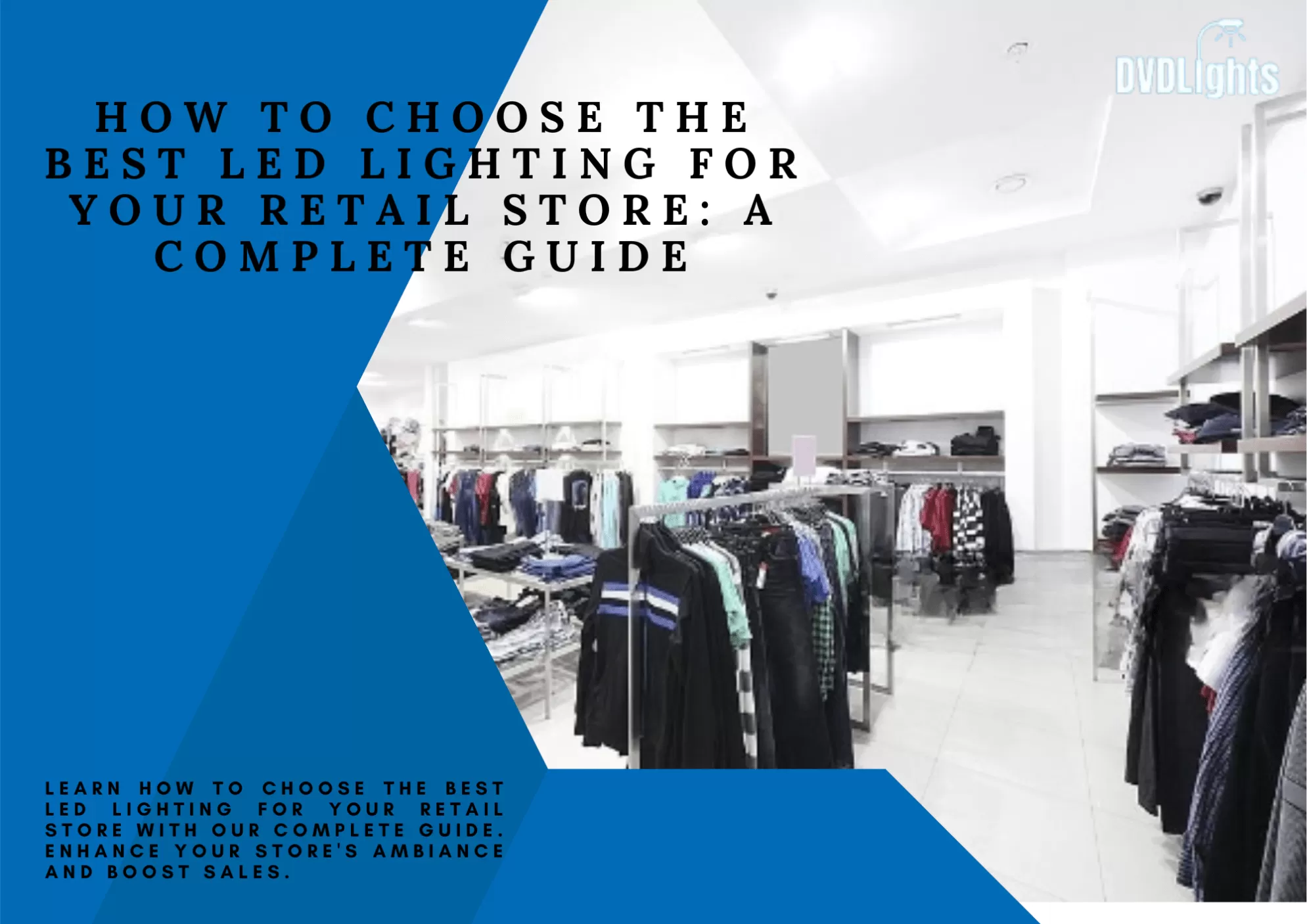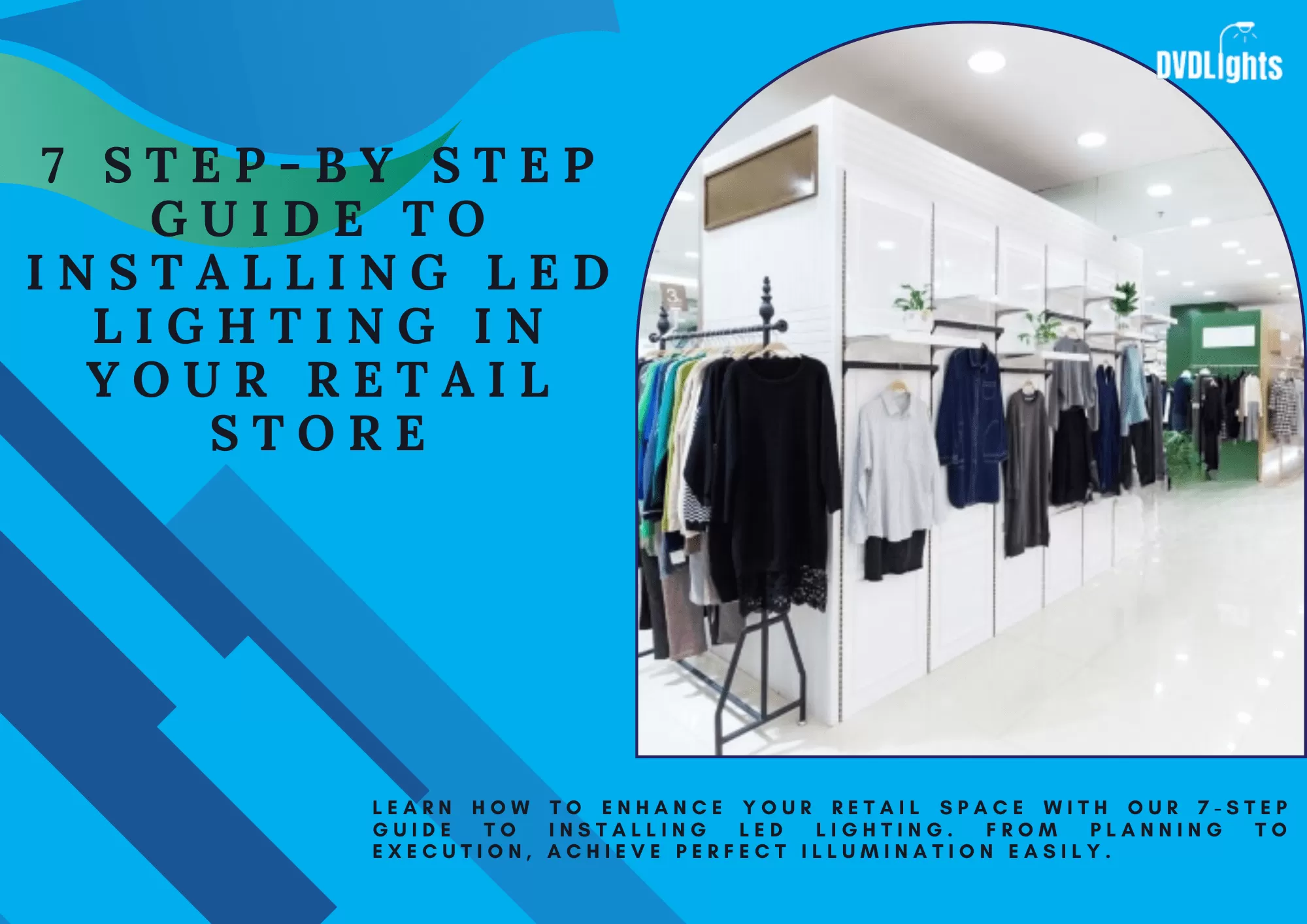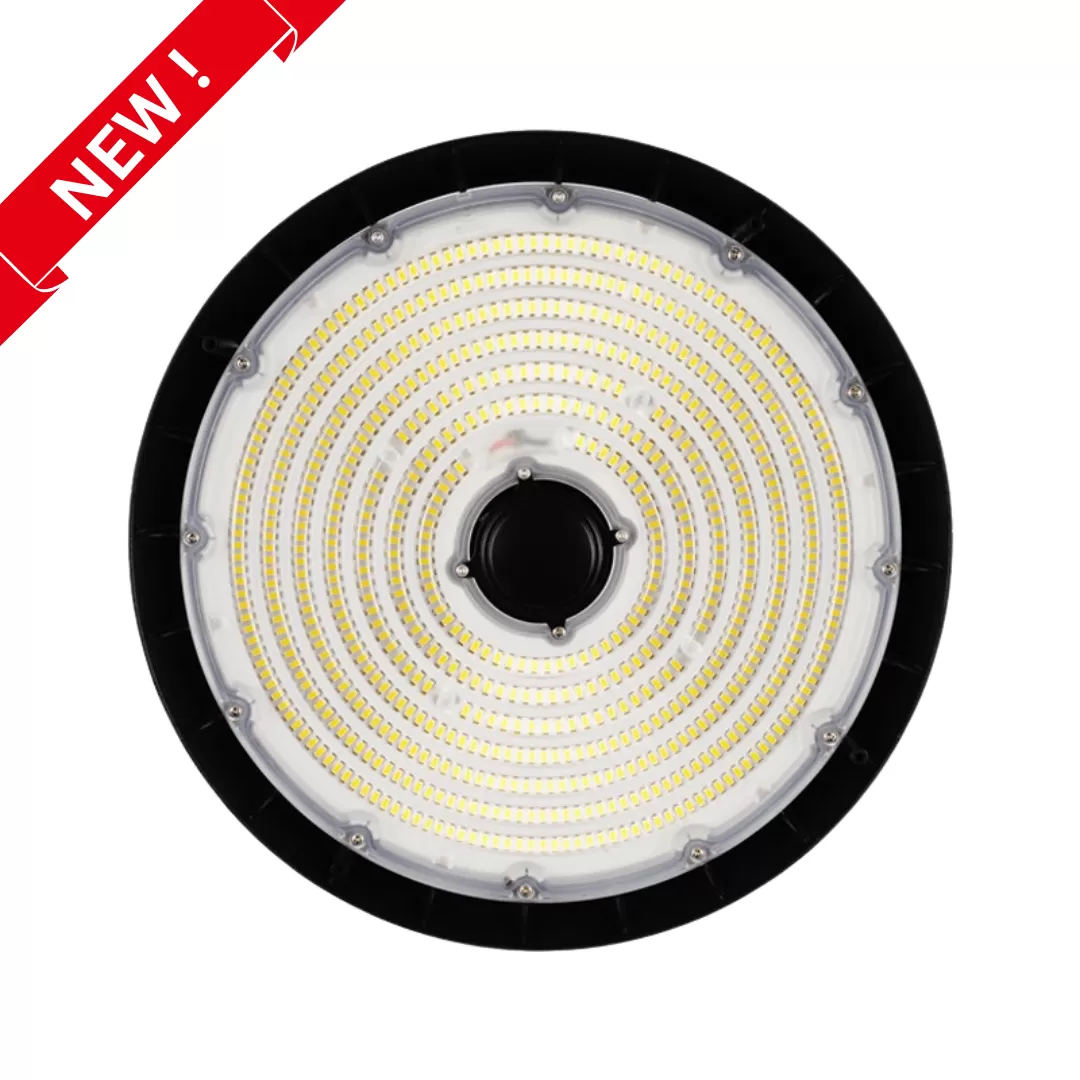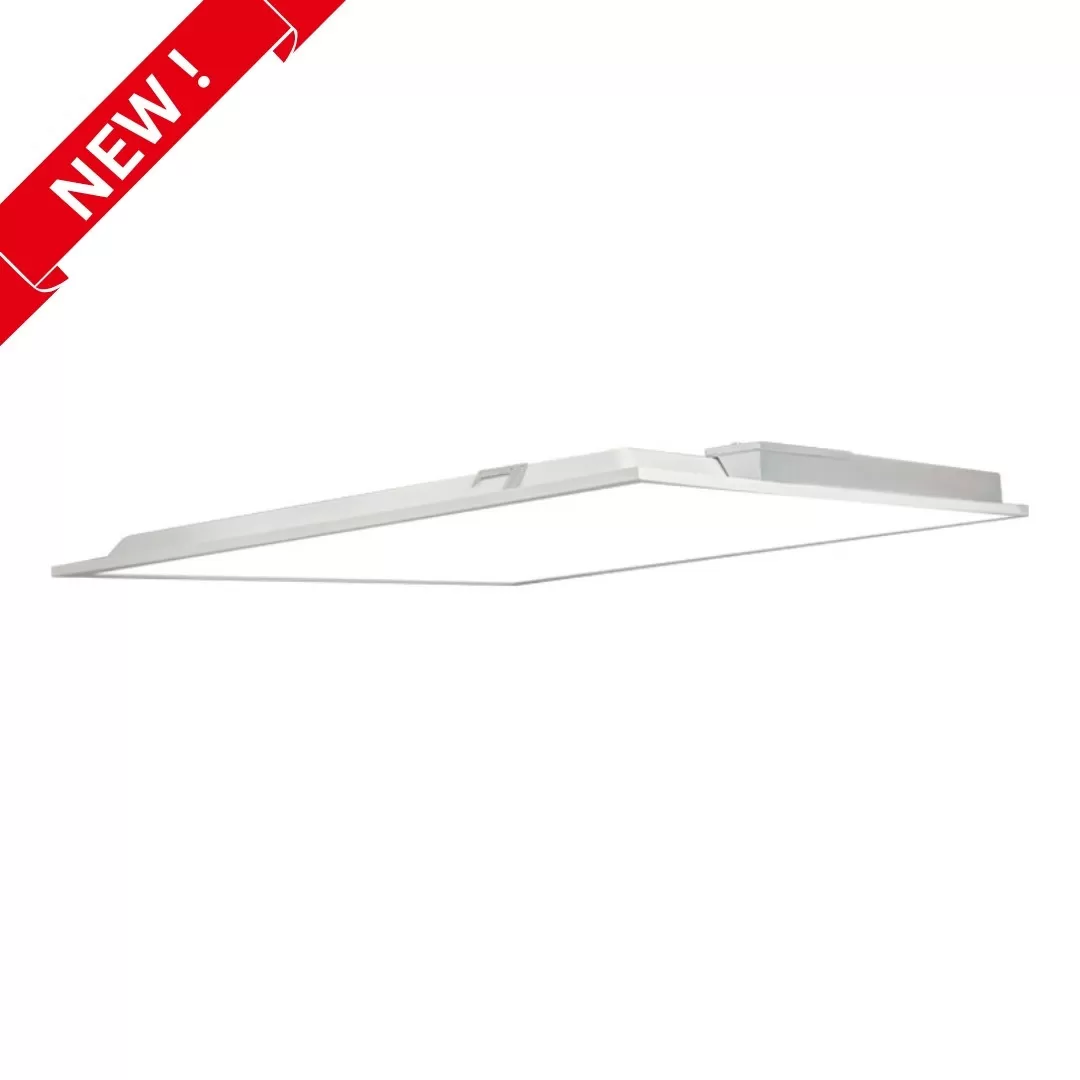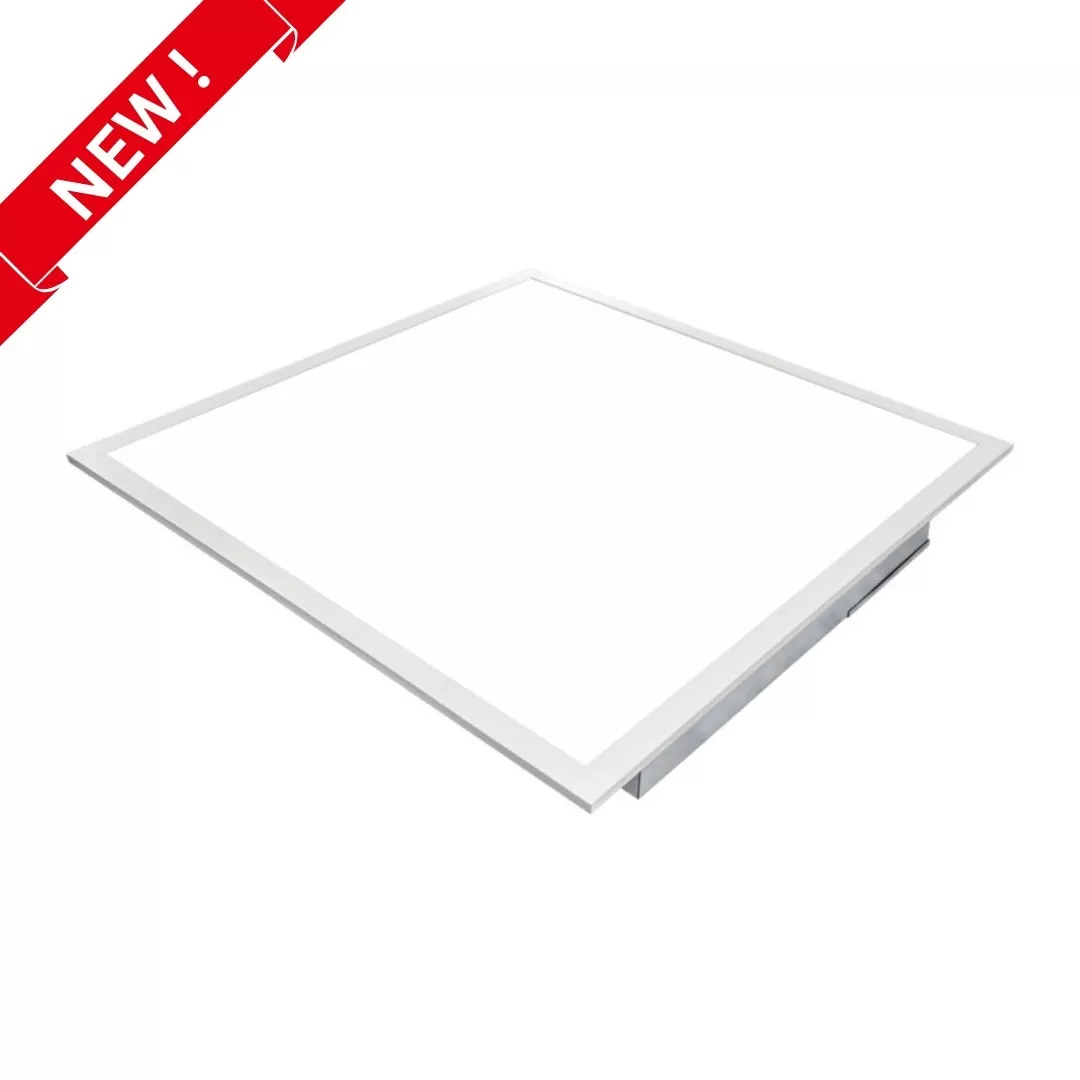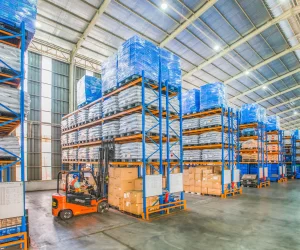Illuminate Your Space with Commercial Indoor Lighting: A Comprehensive Guide
Any industrial or DIY workspace needs enough lighting for safety, productivity, and usefulness. Having the right lighting fixtures and enough light is important whether you run a professional car repair shop, a metalworking studio, or a home workshop. In this piece, we’ll talk about how important workshop lighting is and what affects the quality and effectiveness of workshop lighting.
Overview of Commercial Indoor Lighting
Artificial light sources are used in commercial indoor lighting to light up indoor areas. The goal is to have enough lighting that looks good and meets the needs of the surroundings, the people who live there, and the activities they do. For business indoor lighting to be adequate, it should consider brightness, color temperature, energy efficiency, and the comfort of the eyes.
Lighting Design for Commercial Interiors
Getting the right atmosphere and usefulness out of commercial spaces requires the right lighting design. Here are some things to think about:
- Task Lighting: Find places like workstations, welcome desks, or product displays that need focused lighting. Task lighting makes sure that people can do their jobs quickly and easily.
- Ambient Lighting: This is the main source of light and sets the mood for the room as a whole. It should be spread out evenly to stop sharp shadows.
- Accent Lighting highlights certain things, like art work, building features, or products. It makes things more dramatic and interesting to look at.
- Color Temperature: Choose the right temperature, which is recorded in Kelvin, to set the mood you want. Cooler temperatures (4000–6000K) are often used in offices, hospitals, or laboratories, while warmer temperatures (2700–3000K) are best for cozy places like restaurants.
- Energy Efficiency: Choose LED lights because they use less energy and cost less to run. It also helps with sustainability efforts.
- Lighting Control Systems: Install clever lighting controls, like dimmers and sensors, to save energy and give you the freedom to change the lighting levels depending on the time of day and how many people are in the room.
Common Indoor Applications
There are many places where commercial indoor lighting is used:
- Retail: Lighting shows off products, influences buying choices, and makes a store feel warm and inviting. Most of the time, people use track lighting, spotlights, flat panels, and showcase lighting.
- Office Spaces: Having enough light makes people more productive and relieves eye pain. Fixtures that hang from the ceiling, recessed lights like flat panels, and task lighting are all popular options.
- Hotels: The lighting in hotel rooms, hallways, and dining rooms sets the mood. Chandeliers, wall sconces, and bedroom lamps all help make a room feel warm and inviting.
- Healthcare Facilities: For treatments and exams, it’s important to have precise lighting. The comfort of patients in their rooms is improved by a mix of ambient and task lights. Flat panels and downlights are commonly used in those applications.
- Restaurants: How a restaurant is lit affects how it feels to eat there. Candles, wall sconces, and pendant lights make a room feel warm and welcome.
Types of Indoor LED Lighting
LED lighting has become the most popular choice for indoor business applications because it uses less energy and can be used in many different ways. Here are a few examples:
- LED Panels: These thin, flat lamps give off even light without glare and are great for offices.
- LED Downlights: Downlights are installed flush with the ceiling and have a clean, modern look. They can be used for both general and job lighting.
- LED Track Lighting: Fixtures on a track that can be moved are great for accent lighting because they let you draw attention to certain areas or items.
- LED Linear and UFO (round) highbay Fixtures: In stores and businesses, these sleek, linear, or round lights are often used to help spread the light and prevent any dark spots. Mostly used in big retail stores, warehouses, workstation areas, and other open spaces.
Conclusion
The purpose, look, and energy efficiency of commercial indoor lights are all important. Indoor areas can be changed with the right lighting design and LED technology, making the experience better for people who live there and those who visit. Proper lighting can greatly impact your business setting, whether you run a store, an office, or some other type of business. Suppose you are thinking of cutting your operations cost and improving productivity and customer experience. In that case, LED lighting is a solution to consider.


